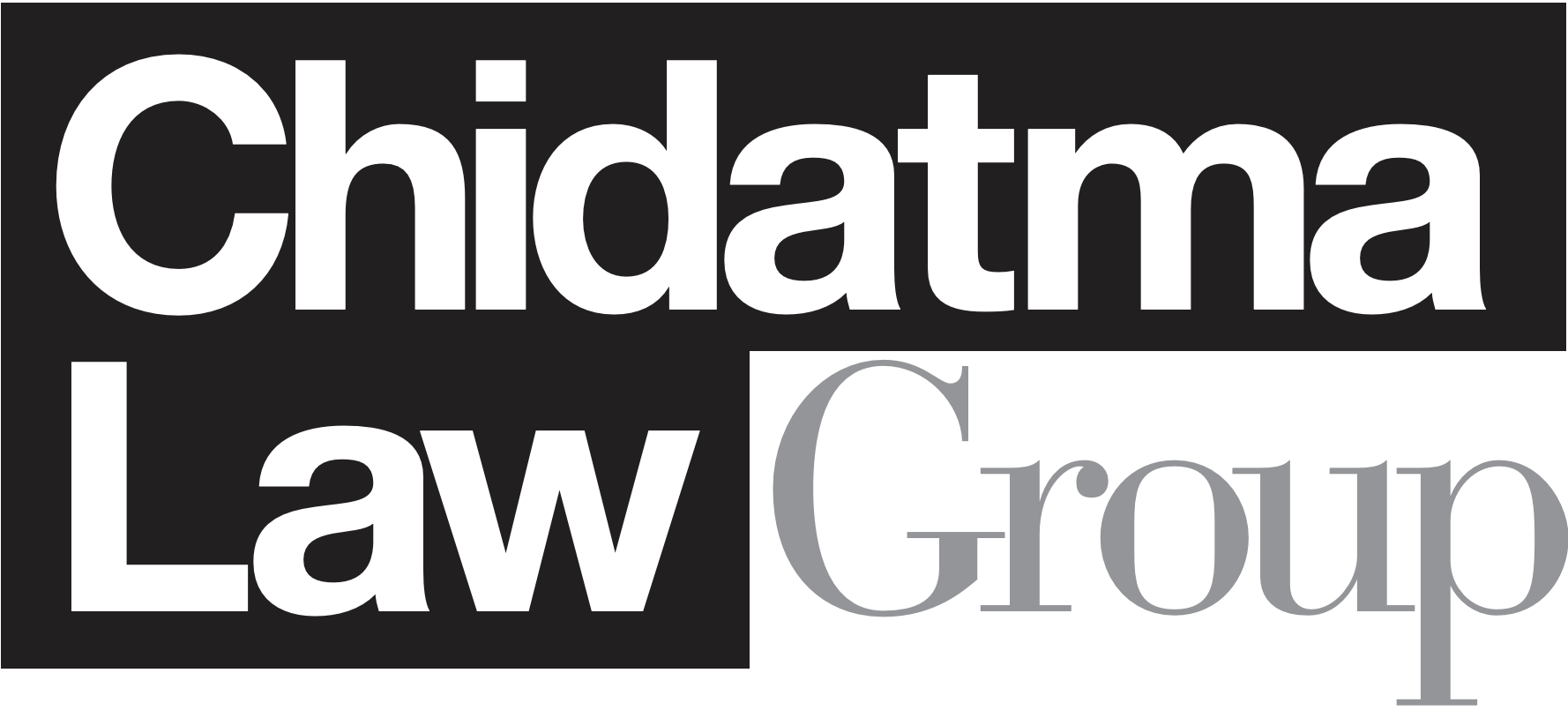
What’s all this I hear about intellectual property? I’m smart, but I don’t know if I’m intellectual. And isn’t property something that you hold in your hand or stand on? Intellectual property, generally called IP, could well be the most valuable part of your company. It allows you to stop competitors from copying or stealing your valuable ideas. IP is generally an intangible distillation of your ideas. It falls into four general categories: Copyright, trademarks, patent, and trade secrets.
Copyright. Copyright is the federal protection you get from creating a work of art. It protects original works of authorship including literary, dramatic, musical, and artistic works, such as poetry, novels, movies, songs, computer software, and architecture. Your work acquires copyright protection upon creation when fixed in a tangible form that is perceptible either directly or aided by a machine or device.
There is an old wives’ tale that you can get copyright protection by sending something you created in the mail to yourself and then not opening the envelope. This gives you no more protection than creating the work. Frankly if you will go through the trouble of mailing yourself a copy of the work you might as well fill out the copyright form yourself and register it. Registration of a work for copyright protection is voluntarily, but registration is recommended for several reasons. Many register their works because they wish to have the facts of their copyright on the public record and have a certificate of registration. You cannot sue to stop someone copying your work until the work is registered.
The good news. Copyright protection lasts 95 years. Also, you need no lawyer to register your copyright. It is very inexpensive ($35.00) and the Registrar of Copyrights gives you a simple instruction manual and access to the forms you must file. For example, click here to see the form to be used for filing the copyright for a literary work. The best protection involves placing a copyright notice on the work. I’m sure you’ve seen the copyright notice. It is this: ©. Also put the year of creation and your name on the work.
Trademark. A trademark is a shorthand representation by words or pictures that identifies your goods or services. Choosing a trademark must be done with thought and care, because not every mark obtains federal registration. The United Patent and Trademark Office (“USPTO”) examines every application for compliance with federal law and rules. The most common reason for rejection by the USPTO is likelihood of confusion with an existing mark. Another common reason is because the mark is descriptive.
A trademark is indicated by the ® symbol. To use the ® it must be a federally registered trademark. Otherwise you can use this symbol: ™ .
Services will help you register your trademark or you could try to do it yourself. Usually attempts to register a trademark will cause pushback by the USPTO trademark examiner identifying problems with the trademark. This is where it may be useful to have an experienced attorney to file the trademark registration for you. You protect your own trademark. If you see someone selling a similar product to yours with a confusingly similar name, you must make them stop. This is usually done by and attorney’s “cease and desist” letter or a trademark infringement lawsuit.
Patents. A patent is the protection that the federal government gives you for creating an invention. It is a monopoly granted to you by the government for a period of time (depending on the category of product usually 20 years). It must be an original invention that is not obvious and helps do something useful for the industry. The right conferred by the patent grant is “the right to exclude others from making, using, offering for sale, or selling” the invention in the United States or “importing” the invention into the United States. Once a patent is issued, the patentee must enforce the patent without aid of the USPTO.
An authorized patent is usually displayed: (p). Otherwise, you might see on something “patent pend.” which means the patent has been applied for.
Obtaining a patent (called patent prosecution) is an expensive item that an attorney specialized in patent and the science of the invention would handle. Patent prosecution generally causes at least $10,000 and litigation for patent infringement is extraordinarily complicated and legal fees can often run into the millions of dollars.
Trade secret. A trade secret could well be the most important asset for your business. You receive no federal registration for it. They are, as the name implies, a secret. It can be an algorithm, a customer list, sales methods, distribution methods, consumer profiles, advertising strategies, lists of suppliers and clients, and manufacturing processes. In short anything that gives you a competitive advantage in your business. The key is, it must be kept secret and you must adopt procedures at your company for keeping them secret.
It is often said that a tech company’s business disappears each night when the employees go home on the elevator. This is a veiled reference to a trade secret. You can protect yourself by having the employee agree to a confidentiality or non‑disclosure agreement. But that alone does not protect you. You must take efforts to insure the trade secret is protected. If it’s technical it may even be kept in a special room or safe with limited access.

